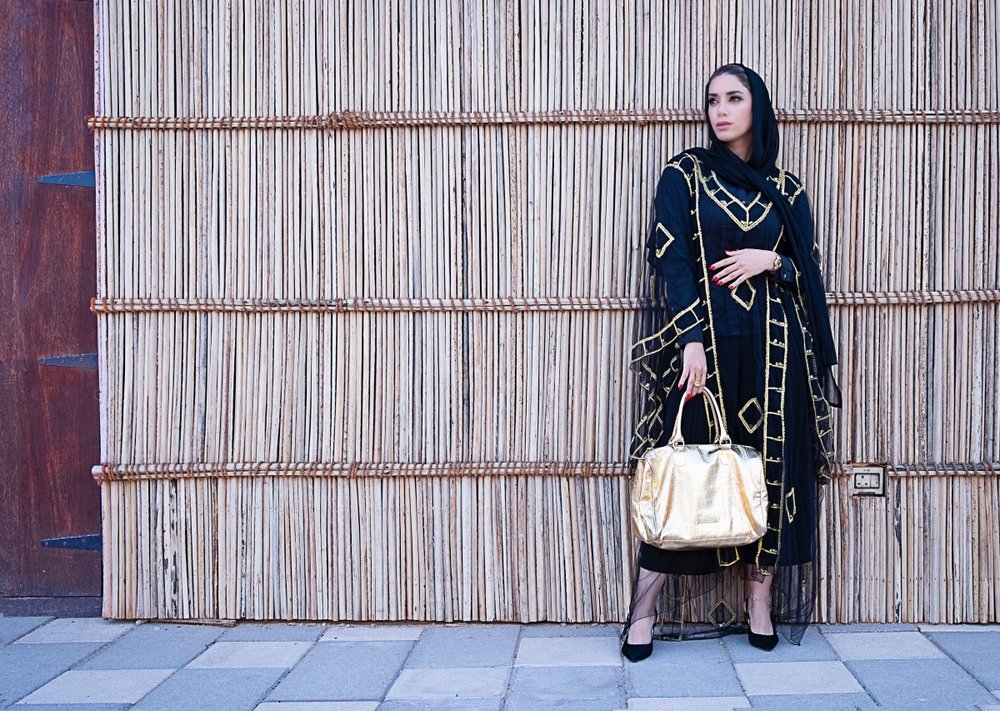
It’s back to school time across much of the world, but nowhere has the annual ritual drawn more attention this week than in France.
This attention comes after French officials said on Monday they will bar children in public schools across the country from wearing the abaya, a full-length robe used by some Muslim women to convey modesty.
“The rationale for the ban, was to stem a growing number of disputes in its secular schools. But critics of the new measure called it discriminatory, fueling another debate across France regarding the way Muslim women dress,” said French officials.
France, which prides itself on its secularism in public institutions, has since 2004 barred middle and high-school students from wearing any symbols that have religious meaning, including a cross, a yarmulke or headscarf.
Since 2010, it has also been against the law to wear a face-covering veil in public. Last year, lawmakers placed a ban on hijabs and other “conspicuous religious symbols” in sports competitions. Earlier this summer, France’s top administrative court ruled against allowing body-covering “burkini” — a head-to-ankle piece of swimwear — in public pools for religious reasons, arguing it violated the principle of government neutrality toward religion.
What is the abaya?
The abaya is a flowing dress that covers both arms and legs, but not the head or hands.
While the robe is popular in Arab-majority countries, it does not have a clear religious meaning. it is mostly worn by Muslim women who want to follow the Koran’s teachings regarding modesty.

Some Muslims consider the female body — except for the face and hands — awrah, which means it should be concealed in public and not to be seen by men.
The abaya is also known by several other names, including kaftan, djellaba, gallabiyah and umaniyah. The Islamic garment’s origins remain vague, but according to historians, it dates back to the ancient civilizations of Mesopotamia some 4,000 years ago.
Other historians claim the abaya was introduced in Saudi Arabia just 80 years ago, bought there by travelers coming from nearby Iraq and Iran. It was immediately adopted by nomads in the desert who previously wore long, loose colored dresses with matching scarves to cover the head and face.
In Saudi Arabia, for example, the garment is often black. However, the abaya can also come in other colors and feature elaborate decorations.
The French Council of the Muslim Faith argued the abaya was not a religious garment — but instead one tied to Arab culture.
“Unless all long dresses are banned altogether in schools, for students and teachers – regardless of their faith – it will be impossible to apply a measure specifically targeting the abaya without falling into the trap of discrimination and arbitrariness,” said the group.
Olivier Veran, a French government spokesperson, argued the abaya was “obviously” a religious garment that’s seen as an act aimed at “proselytizing” people to Islam.
Why a ban?
Gabriel Attal, France’s education minister, said “the abaya has no place in schools” because it attacks on the principle of laicite, the country’s version of secularism that guarantees the neutrality of the state and in public from religious symbols.
“When you enter a classroom, you should not be able to distinguish or identify the students’ religion by looking at them,” Attal told the French TV channel TF1.

Laicite applies to public institutions in a nation with a strong cultural aversion to public expressions of faith. The philosophy comes out of the Enlightenment when during the 18th century a movement arose to reject the Catholic Church’s power in schools and other institutions.
“Schools are still an emblematic battlefield,” Anne-Laure Zwilling, an anthropologist at the CNRS, France’s national public research organization, told The New York Times. “Tensions around laicite are stronger there.”
Data reveals that the number of incidents related to laicite reported by school officials have increased over the past year.
The debate in France regarding Islamic symbols has intensified since 2020 when a Chechen refugee beheaded a teacher named Samuel Paty, who had shown students caricatures of the Prophet Mohammed in a Paris suburb.
Five million Muslims currently live in France, which represents about 10% of the country’s overall population. Most hail from the Middle East and Africa.
The ban initiated by Attal, who is close to President Emmanuel Macron, has also caused a political firestorm about the country’s rules and whether they discriminate against the nation’s Muslim minority. Far-right lawmakers and some on the left applauded the move after many had argued in recent years on banning all religious symbols to also include universities and public outings tied to schools.
“This type of policy stands in opposition to the liberal core of the 1905 Law on Separation of Church and State, a law we’ve been distorting and weaponizing since the ‘90s,” said Rim-Sarah Alouane, a French legal scholar and commentator. “Such policies fuel the nation’s fractures.”
Produced in association with Religion Unplugged
Edited by Judy J. Rotich and Newsdesk Manager







